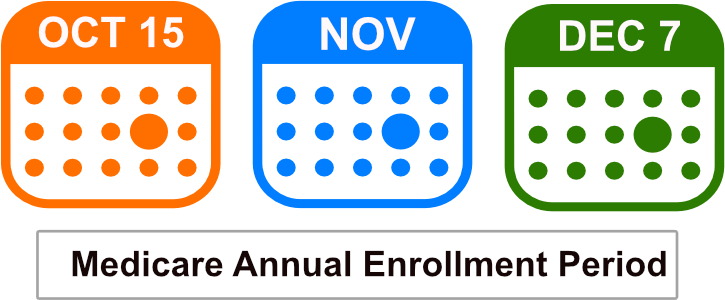Summary
In summary, ConnectiCare Medicare Advantage plans for 2026 offer a variety of options to meet the diverse needs of Medicare beneficiaries. From comprehensive coverage and extra benefits to cost-effective pricing and robust prescription drug plans, ConnectiCare ensures that its members receive high-quality healthcare tailored to their needs.
As you consider your healthcare options for 2026, remember the importance of understanding the benefits, costs, and enrollment processes associated with ConnectiCare Medicare Advantage plans. By making an informed decision, you can secure the coverage that best suits your health needs and financial situation.
Frequently Asked Questions
What are Medicare premiums for 2026?
The average monthly premium for Medicare Advantage plans with prescription drug coverage is projected to decrease from $16 in 2025 to $14 in 2026, while premiums for standalone Part D plans are expected to drop from $38 to $34 in the same period.
Are Medicare Advantage plans changing in 2025 for seniors?
Yes, Medicare Advantage plans will see significant changes in 2025, such as a $2,000 cap on out-of-pocket costs for Part D and lower premiums. Additionally, the elimination of the Medicare donut hole will further enhance financial protection for seniors.
What is the best Medicare Advantage plan for 2026?
Determining the best Medicare Advantage plan for 2026 depends on individual health needs, available services, and cost considerations. It is advisable to compare plans based on coverage, premiums, and provider networks to find the most suitable option.
What types of Medicare Advantage plans does ConnectiCare offer?
ConnectiCare offers a variety of Medicare Advantage plans, including Health Maintenance Organizations (HMO), Preferred Provider Organizations (PPO), Private Fee-For-Service (PFFS) plans, and Prescription Drug Plans (PDP). Each type caters to different healthcare needs and preferences.
Are $0 premium plans available everywhere in Connecticut?
$0 premium plans are not universally available throughout Connecticut; it is essential to verify the availability of specific plans in your area before deciding.













